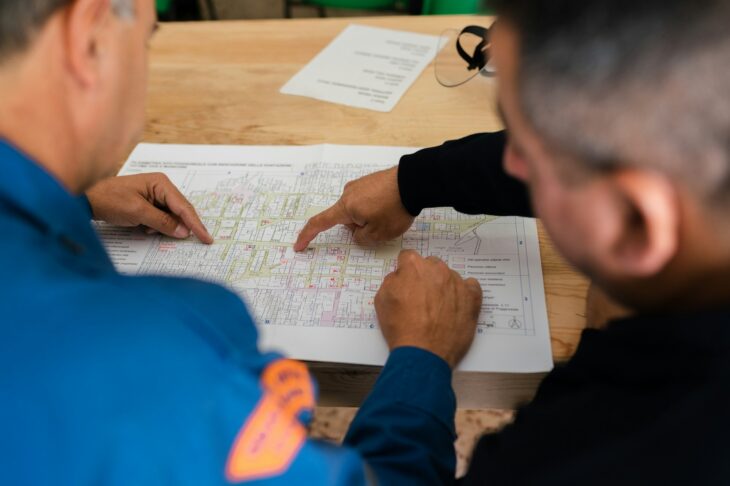
How to Choose and Start a Savings Account
Savings accounts usually attract more interest earnings than other types of savings. It’s an effective way to improve your financial situation and acquire additional assets.
Saving money is one of the most important habits that any person can have. At the same time, most financial institutions across the country provide savings account services. You can use this account to secure your money and increase your savings.
The first step towards operating a savings account is to open it. This article will explain how you can choose and start a savings account.
Choosing the Ideal Savings Account
Your savings won’t help you much if you choose the wrong savings account. There are several things that you must take into consideration when selecting the best savings account.
Projected Interest Rates
You must pay special attention to each bank’s interest rates. Banks with high-interest rates will offer greater monthly or annual returns. Consequently, you should always select them.
Fee
Some financial institutions will charge various fees for their services. The most common is the monthly maintenance fee. This fee may be waived if you deposit a huge amount or have a minimum bank balance.
The bank may start to charge fees if you fail to make a certain number of transactions every month. Some banks also charge some fees if you close your account after a short period. For instance, closing the savings account within the first three or six months can attract a closeout fee.
The Process of Opening a Savings Account
Opening a savings account involves a series of steps, but it’s usually a straightforward process. Here are the main steps to follow when you want to open a savings account.
1. Know Your Options
Since there are many financial entities offering savings accounts, you’ll need to choose your preferred one. The ideal bank or financial entity must offer the best interest rates and have no balance requirements. In addition, you should choose a company which has minimal monthly fees.
You should also look at your relationship with the bank. If you already have a bank account there, you can easily open a savings account with them. That’s because they know your finances and can offer competitive deals to you.
2. Prepare Your Documents
The financial institution will require some documents before they can allow you to open a personal savings account. Therefore, you must provide some documents to verify your identity and financial claims. You can present these documents via an online platform or in person.
The primary document is an identification passport or driver’s license. You may also have to provide your SSN and address. The bank will also ask for contact details and if you have any other accounts with them.
You can either choose an individual or joint account.
Individual Account: An individual account is ideal when you prefer to open and manage the account by yourself. It offers increased security and doesn’t require signatures from multiple people.
Joint Account: You can choose a joint account if you want to save money with another person. Accessing funds in a joint account is usually quicker.
Choosing the right account depends on your financial targets and relationship with other people.
3. Acknowledge their Terms and Conditions
The bank will provide terms and conditions for the savings account. The terms will describe your liabilities, information disclosure, and interest rates.
You probably chose a bank with high-interest rates and no monthly service charges. Yet, you must carefully read the bank’s terms and conditions.
Once you’ve read them, the bank will demand that you sign the terms before they can proceed with the savings account opening process.
4. Put Funds Into Your Account
The bank requires a deposit before it can activate your savings account. You can make the deposit in the form of cash or write a check. You should be aware that some banks can have high minimum deposits.
It’s possible to open a savings account from your mobile phone or computer. In this case, you can pay the deposit from your current online bank account via a routing number. It’s also possible to deposit by using a wire transfer.
You may also have to pay a certain amount every month to maintain your account. Alternatively, the bank may demand that your account has a minimum balance at any one time. Your initial deposit should be substantial enough to meet the minimum account balance.
5. Send Your Application
The next task is to submit the application to the bank and request the bank to open a savings account. Generally, this process is instantaneous and can be over within 24 hours. Once the account is open and operational, you can start withdrawing and depositing money.
6. Register For Online Banking
Nearly every financial institution has online banking services. Online banking is a convenient, secure, and simple way to manage your savings account. As a result, you should register and set up your online bank details after opening a savings account.
Is It Possible to Do It Online?
As indicated above, you can complete the entire process from the comfort of your home. Some banks don’t have physical premises where you can go and open a savings account. This means you can only bank online by logging into their website.
Online savings accounts usually come with some very favorable conditions. They typically don’t have monthly maintenance fees, and they offer attractive interest rates.
The process of opening an online bank is usually not complicated. All you need is a mobile phone or a computer to complete the process. However, if you feel it’s not safe, you can still do it in person.
Start a Savings Account to Grow Your Money
Opening a savings account is a smart move that will enhance your financial position. You will be putting your money in a safe and secure place. You can use the process that we have explained above to choose and start a savings account.
You can also read our other blogs for more business, career, and real estate information.

